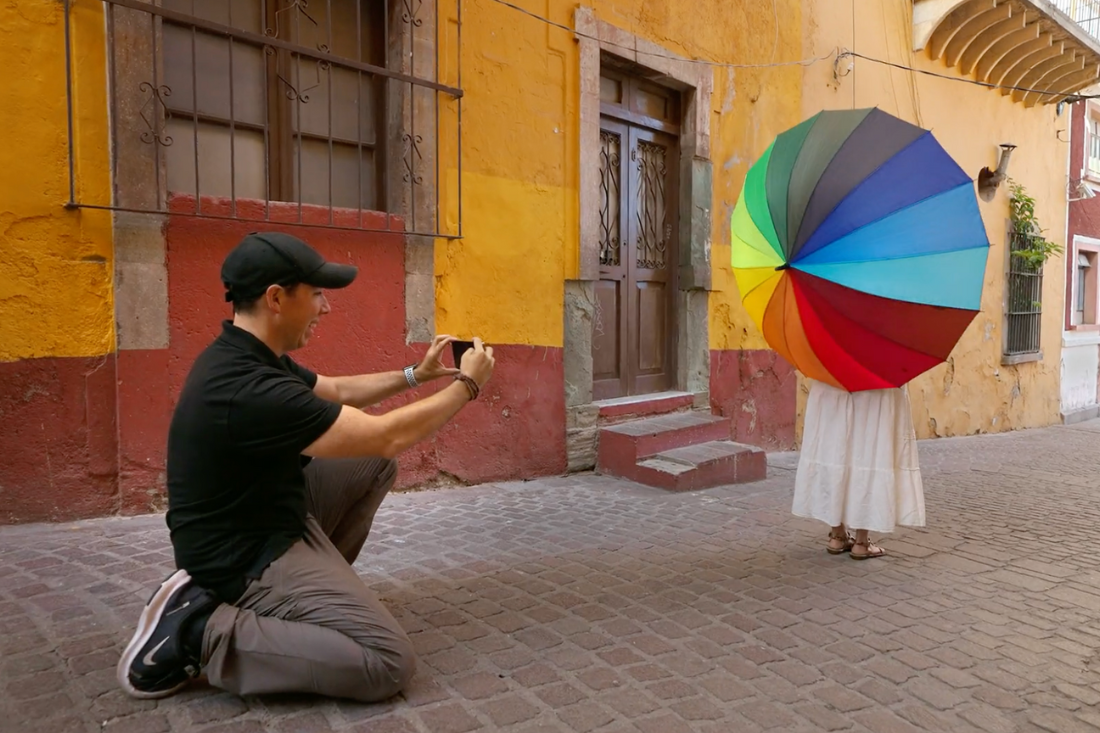The idea of the yellow tile road was born with the novel The Wonderful Wizard of Oz by L. Frank Baum (1900), where a golden path is described that leads to the emerald city and symbolizes the trip to personal fulfillment and discovery. In the famous adaptation to the 1939 cinema, that path became a visual icon thanks to the pioneering use of Technicolor: the bright yellow contrasted with the intense green of the city and the blue sky, marking the passage of Dorothy from Kansas’s gray routine to a fantasy world.
It turns out that in the marine depths we had another road of tiles.
A geological finding. The story dates back to 2022. During the Luʻuaeahikikekumu expedition, a scientific team on board the E/V nautilus ship, while exploring the chain of old submarine volcanoes of Liliʻuokalani Ridge, ran into a rock formation that remembered the mythical “road of yellow tiles” of the cinema.
The curious structure, located on the top of the submarine mountain Nootka, within the national marine monument Papahānaumokuākea, turned out to be an example of ancient volcanic geology: rock fragments generated by high energy rashes, known as hyaloclastite, which have fractured uniformly due to repeated cycles of heating and cooling by successive eruptions. This pattern, similar to the cracked of the surface of a Brownie, has conferred the rock an appearance of perfectly aligned cobblestone.
Origins and characteristics. Hialoclastite is formed when hot magma comes into contact with water, fragmenting into vitreous particles and accumulating in the seabed. Over time, these deposits are compacted and cemented, and, in cases like this, exposed to thermal changes that produce rectilinear fissures.
The sector found showed a section of “baked scab” to the touch, an optical effect that surprised the team and generated jokes on the “road towards the Atlantis.” The inspection with the nautilus robotic arm allowed to collect samples of ferromanganhetic scabs (rich in iron and manganese oxides) that covered the background, a resource of both scientific and industrial interest.
Importance of the mission. That was the first systematic exploration of these underwater mountains, whose main objective is to understand the mysterious discontinuity that presents its alignment in the ocean bed. The finding of the “road” joined other unique observations of the expedition, such as the filming of a strange organism nicknamed Headless Chickn Monster, reinforcing the idea that the area houses unoccupied biological and geological phenomena.
Beyond the visual anecdote, the identification and study of these formations provides key information on the underwater eruptive processes and the tectonic evolution of the region, opening the door to new discoveries in one of the most remote and protected areas of the planet.

Scientific context. The finding was also framed in an international effort to map and understand the underwater structures that make up the hidden geography of the oceans. The formation of the “path” in Nootka Seamount not only illustrates how volcanic activity can generate visually striking patterns, but also offers clues about the behavior of submarine magmatic systems and their interaction with water in high -energy environments.
Plus: These studies are essential to improve underwater volcanism models, evaluate potential mineral resources and understand how these geological habitats influence deep marine biodiversity, a field in which each expedition reveals more unknowns than certainties.
Image | E/V Nautilus
In WorldOfSoftware | We know more than Mars than the seabed. An expert helps us to understand why it is still an enigma and what mysteries keep
In WorldOfSoftware | The Atlantic has a ‘lost city’ with the key to life on other planets. Now is in danger












